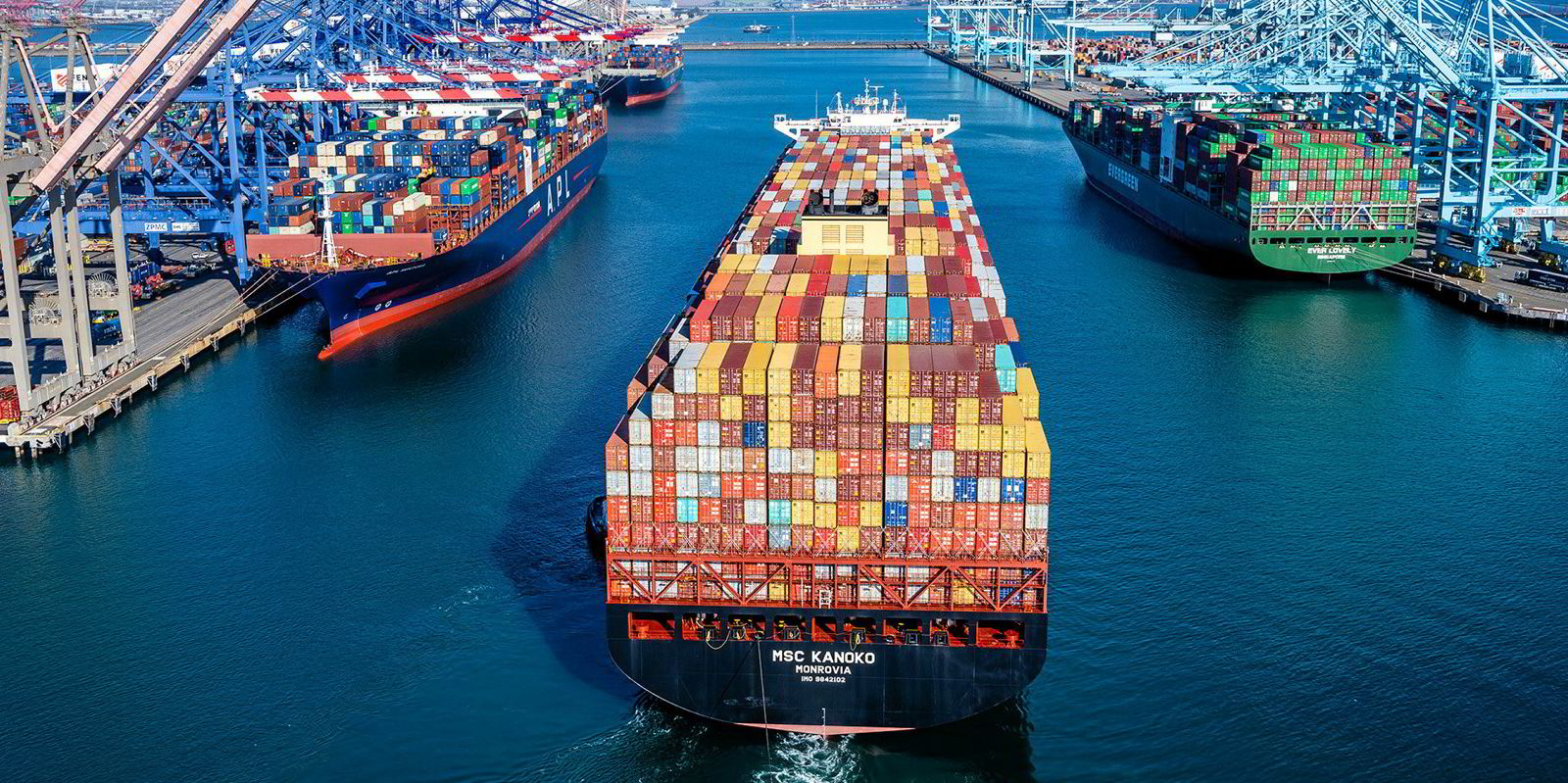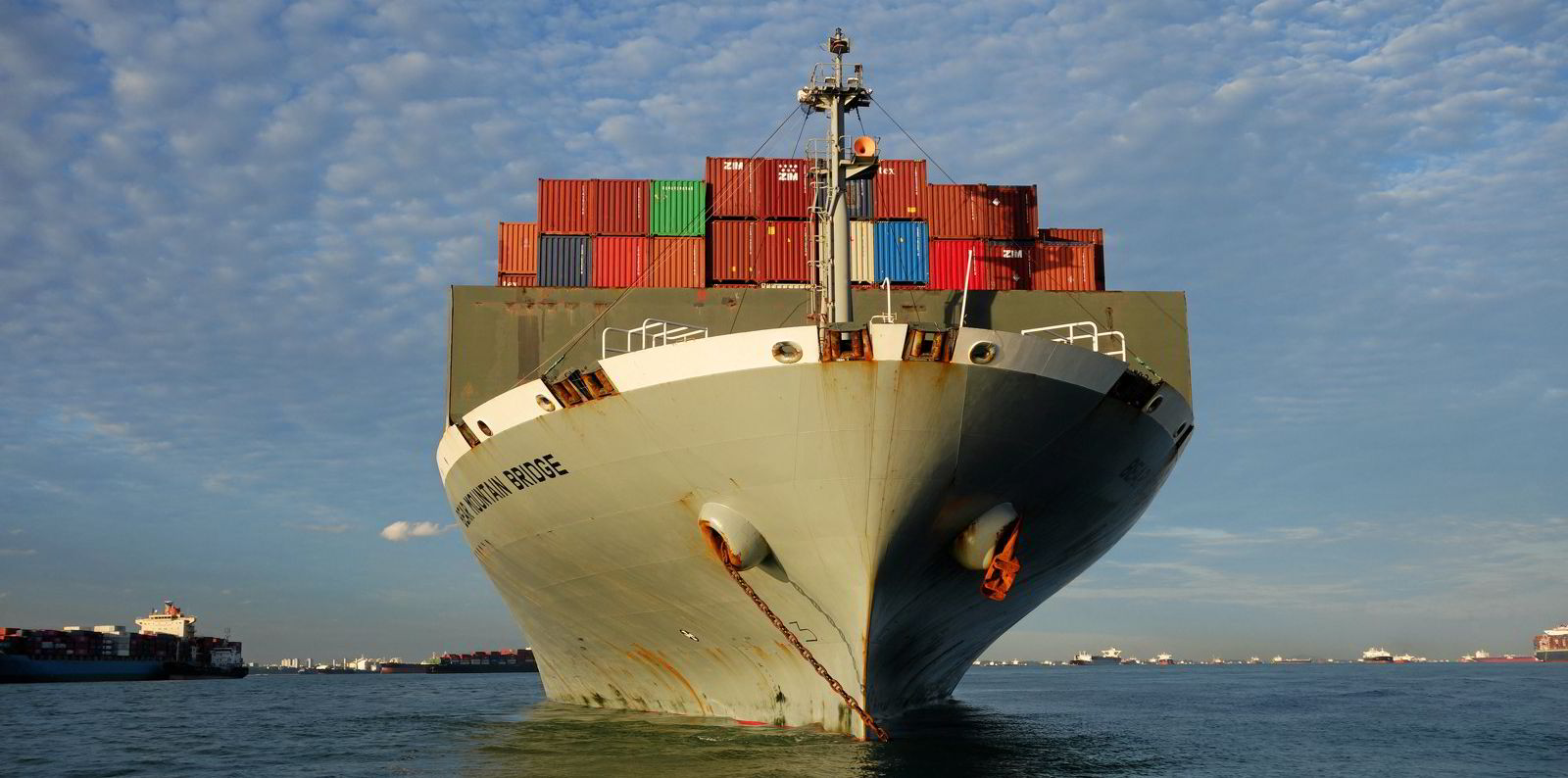The red-hot container ship market may cool off substantially next year amid less demand, according to S&P Global Platts analysts.
The sector saw record rates this year amid an unprecedented demand for consumer goods that was exacerbated by worldwide port congestion.
The spot rate to deliver a 40-foot container from China to North America's west coast more than tripled since the beginning of 2021, reaching $14,294 on Wednesday, according to the Freightos Baltic Index.
But Platts analysts said that that astounding rate may fall by as much as 40% next year as demand wanes and logistical issues ease up, citing India's Conbox Logistics.
"With demand expected to drop off in the first quarter, many market participants are expecting rates to fall through the year, as logistical constraints start to ease further," the analysts wrote in a note on Wednesday.
"However, this fall is not expected to be precipitous and is likely to be cushioned by a host of void sailings from the carriers."
They noted that most shippers have already placed their pre-Christmas bookings, leaving current demand tepid, while power rationing in China continues to slow manufacturing.
"Looking ahead, the market's attention is firmly on two key events in China —Lunar New Year at the start of February, and the Winter Olympics in Beijing later the same month — and demand is likely to pick up again in December as shippers gear up to ship goods before the Lunar New Year."
Rates should remain elevated through next year's first quarter and still higher than pre-Covid-19 levels, however, as port congestion is set to "remain a major pain point" for the sector, Platts analysts said.
There are 30 boxships waiting for berths at the ports of Los Angeles and Long Beach, but that is down from as many as 100 vessels waiting in San Pedro Bay just a few weeks ago.
Container ship terminals in Europe are also expected to experience congestion issues as a result of heightened consumer demand in September and October, the analysts wrote.
"The delays are expected to continue well into the new year, as a dearth of trucking and rail capacity continue to hinder movement in the hinterlands," they said.







